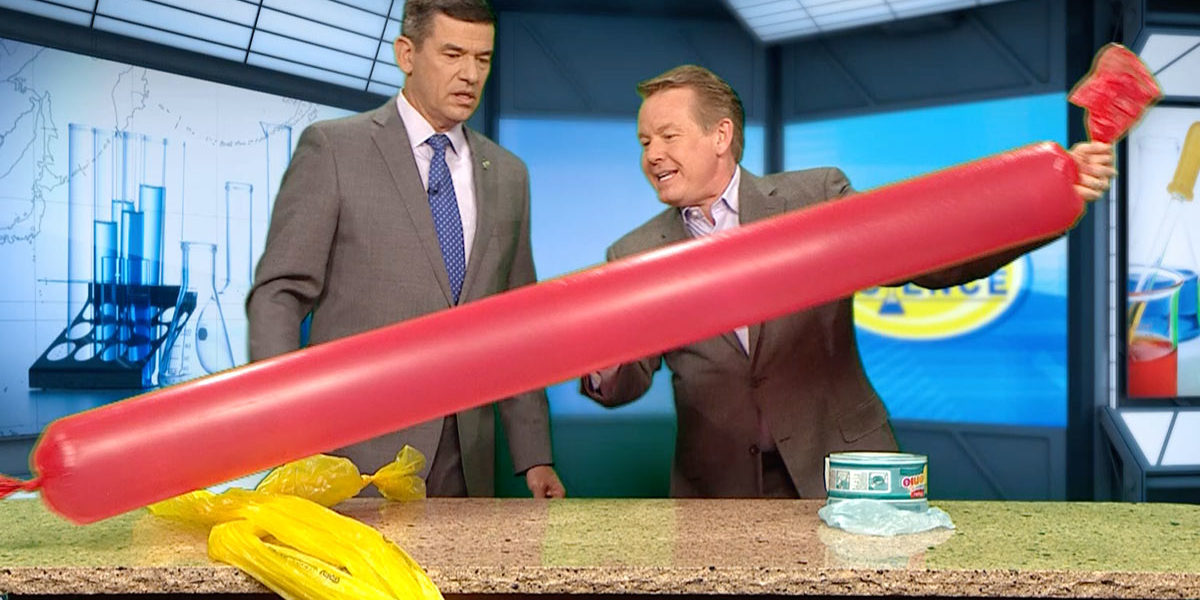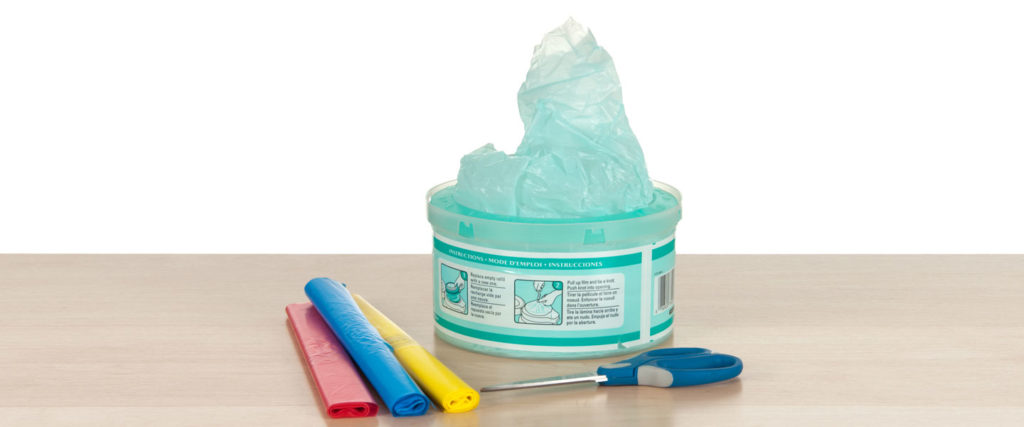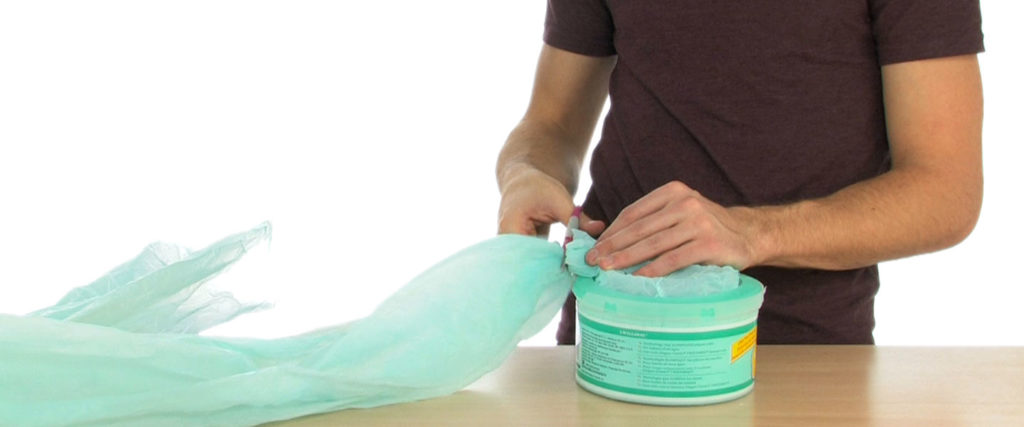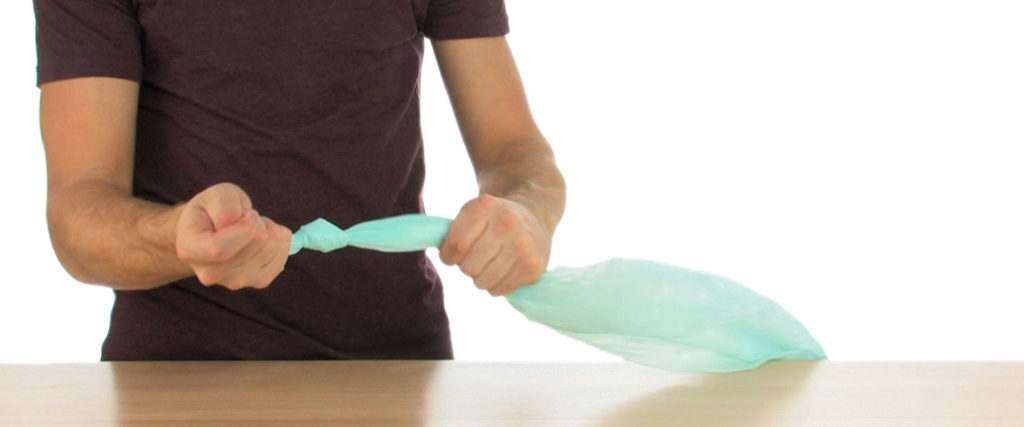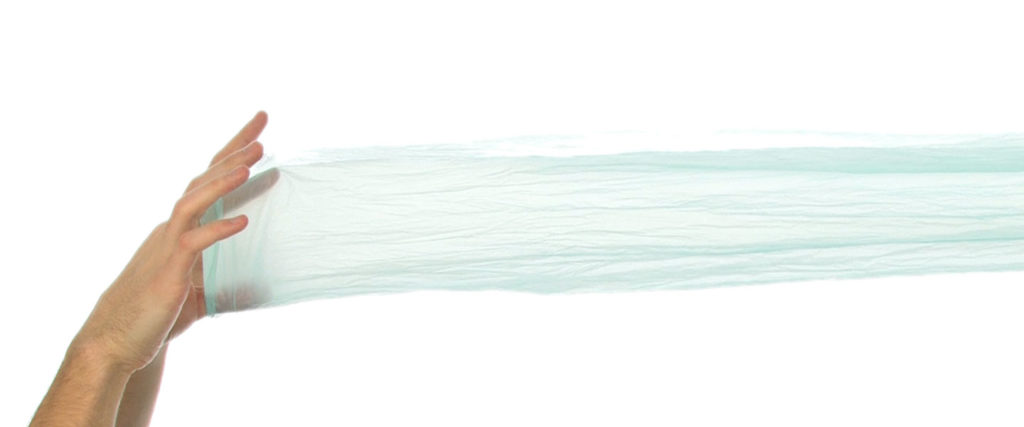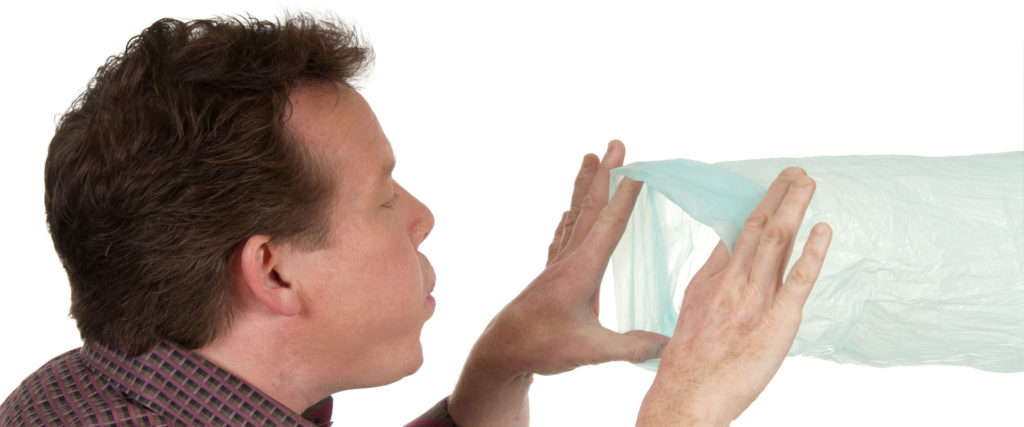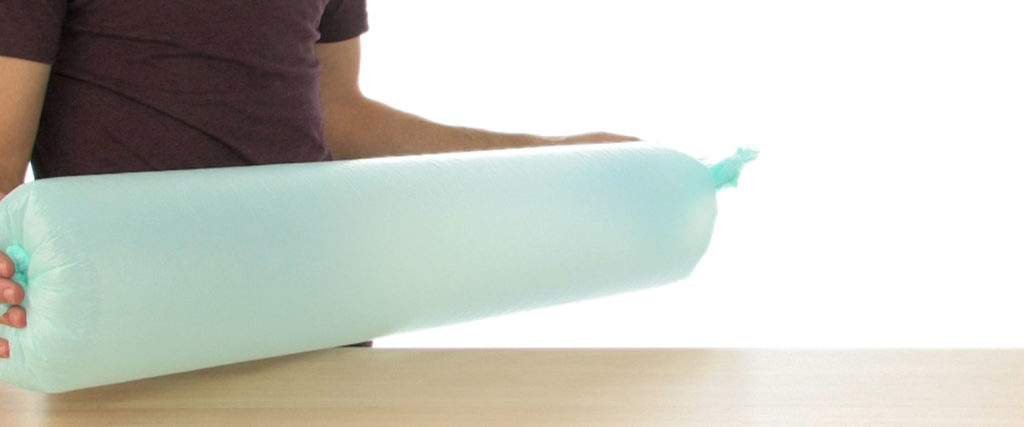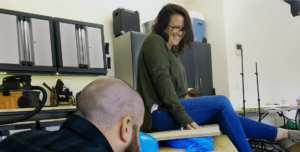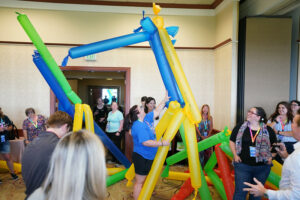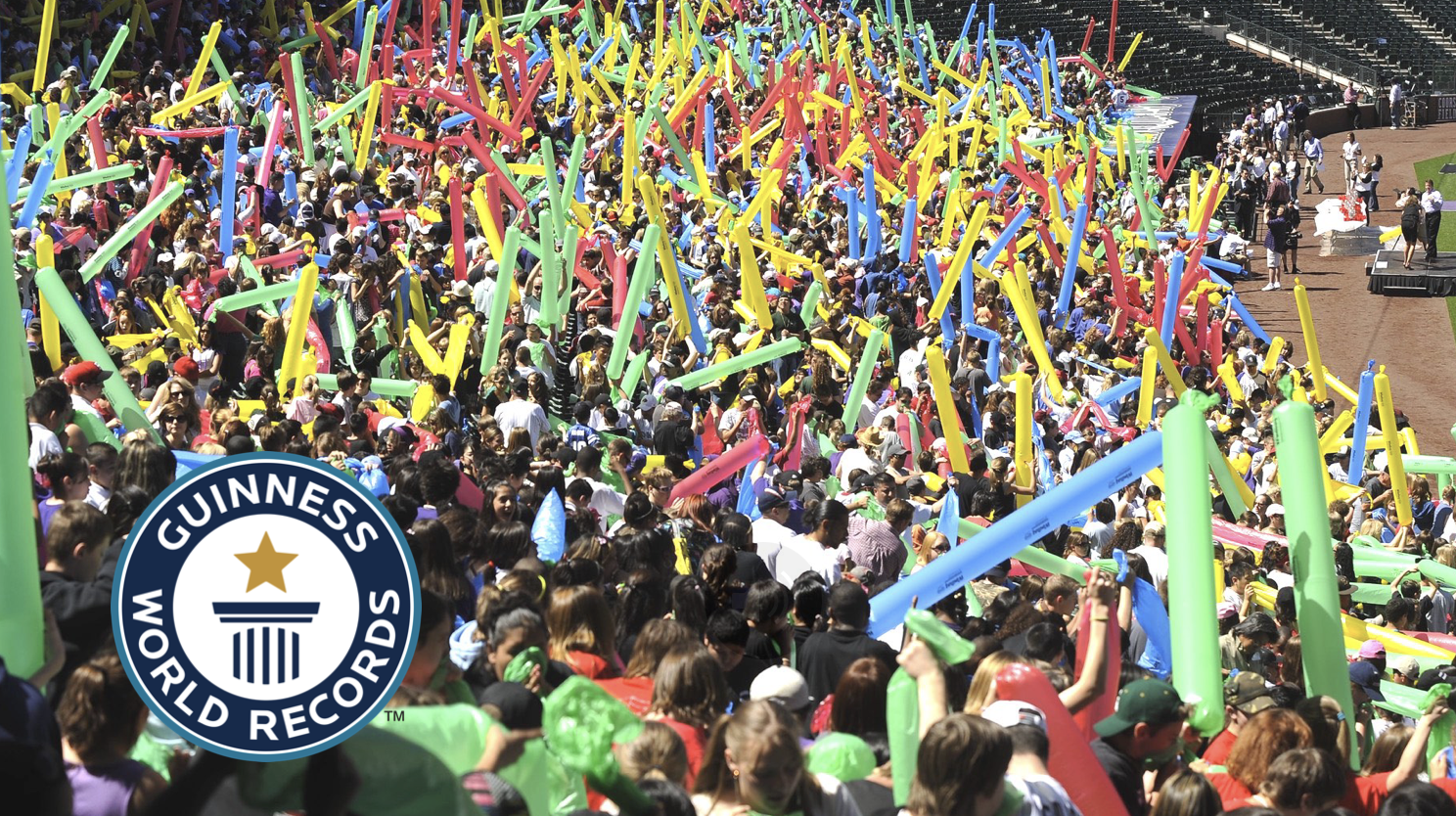How many breaths of air will it take you to fill a plastic bag that’s 8’ (2 m) long and 10” (25 cm) in diameter? Depending on your size, it may be anywhere from 10 to 50 breaths of air. Believe it or not, you can inflate a bag that holds 45 liters of air using only 1 breath. Seriously! Guaranteed to amaze your friends.
How Does It Work
The bag fully inflates the second time because air from the atmosphere is drawn into the bag next to the stream of air from your lungs. For you science types out there, here’s the technical explanation. In 1738, a scientist named Daniel Bernoulli observed that a stream of fast moving air is surrounded by an area of low atmospheric pressure. In fact, the faster the stream of air moves, the lower the air pressure drops around it. When you blow into the bag, you create a temporary area of low pressure inside the bag and higher pressure air around you in the atmosphere rushes into the bag to equalize things. In other words, air in the atmosphere is drawn into the bag at the same time you are blowing into it.
Firefighters use Bernoulli’s principle to quickly and efficiently force smoke out of a building. Instead of placing the fans up against the doorway or window, a small space is left between the opening and the fan in order to force a greater amount of air into the building. Firefighters call this “Positive Air Flow.”
In a rescue, first responders also use long, airtight bags and an air compressor to move collapsed walls, huge boulders, and other heavy debris away from victims so they can be saved. The bags between the tables showed you how it works. Science rocks!

